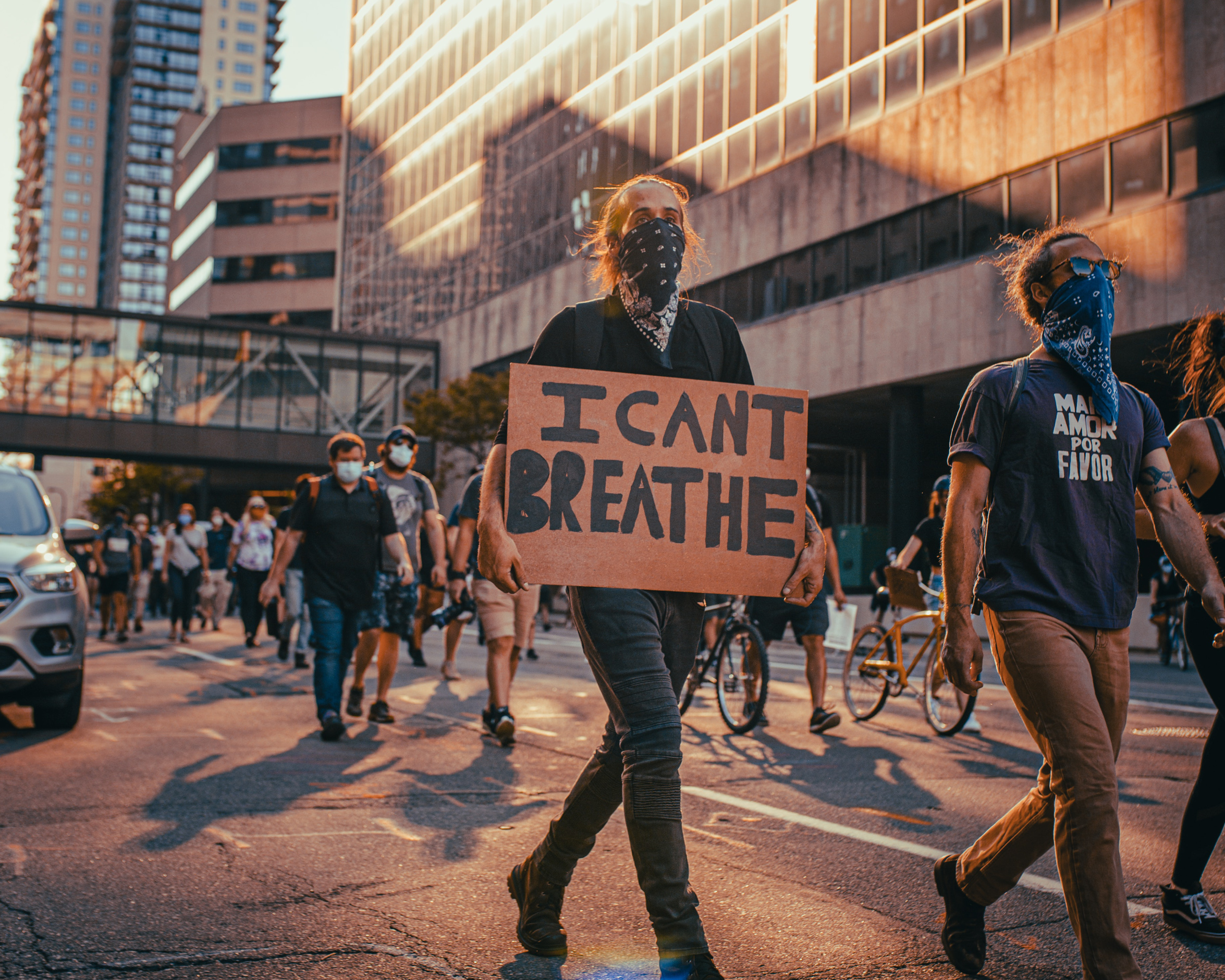As social media becomes more relevant, so does the issue of performative activism. But even if it is sincere, can THIS online activism ever be enough?
A good friend of mine has a saying. It’s pretty much his catchphrase at this point: ‘Instagram is the real world. This is the simulation.’ Now, that may seem almost empty at first, as if it’s just a quippy line to get a cheap laugh over drinks. But he’s a smart guy, a writer, a self-confessed student of the social media age.
And what I think he means when he says this is that, well, it doesn’t help anyone to ignore the sheer power of the medium – the real-world implications social media can have when you learn how to harness its power. He means that, for many of us (and especially those who form part of the metropolitan scene), social media has replaced the real world as the site of our most precious power plays, our most significant trade-offs, the actions we take that result in our most personal, palpable consequences.
The fact is that never before has social media played such a huge role in our lives. Across the Meta suite, to Twitter, to Reddit, commodities are traded. On Twitter, aphorism is rewarded with followers and cachet. Facebook’s power is that it can be the foundation for remarkable business growth. But, for the purposes of this article, I’d like to focus on Instagram – the mother and father of the millennial scene, the habitat of the modern-day influencer, and the undisputed birthplace of performative activism.
GETTING INTO IT
To understand the toxicity of performative activism, or ‘slacktivism’, one must first understand the value of the social capital that Instagram can create. For example, in a city-scene like Cape Town, it’s not uncommon to be asked how many followers you have. And then for the newly acquainted to almost immediately not just pass judgement, but permanently categorise you as part of a certain social tier. Walk into a local hang-out like The Power & The Glory or Blondie on a Friday night, and you can almost see the truth of this – as tables sit divided among lines drawn by follow count, whose story you were most recently seen in, and whose you weren’t.
And the fact is that, once you’ve been classed in ways like this, it impacts your real life. More than just being left off the guest list, it can affect the jobs you’re able to get, who you could ask on a date, who you have on your side. As for remedying this, one of the few ways of engaging any kind of social mobility is to enter the virtual world, gain followers, and be seen by the right accounts. So, if this is the reality, how does it work when something that matters greatly – such as Gender-Based Violence (GBV) or toxic masculinity – becomes a useful angle to gain power on social media?
When it becomes, to put it bluntly, trendy? Performative activism can be defined as the act of engaging with a cause on social media, usually with the end goal of increasing one’s social capital rather than bringing awareness to the cause used to do so. And it has become rife. For example, when the recent country-wide uproar around gender-based violence took place, who among us didn’t feel the clear switch from the usual everyday social media humdrum to the era of GBV content? It covered the march at parliament, our country’s troubling statistics, and addressed the women we all have in our lives who are forced to navigate the sweltering climate of GBV every day.
NOT JUST A ‘TREND’
But, the thing is, it’s nothing new. The plight of the South African woman has been what it is for years. And then, suddenly, it’s all the rage? Feels a little disingenuous, wouldn’t you say? The same can be said of the Black Lives Matter movement, and the sudden influx of black squares on our social media accounts; ones we put up when America instructed us to do so. It was too sudden not to question it. To go further, it’s not cynical to suspect it would all die down just as quickly, as it did, and have very little real impact on the ground.
The problem is that the more the social media world and the real world you’re sitting in right now become indistinguishable from one another, the more we can forget (or even wilfully ignore) the basic truths of the matter: That no amount of virtual action can serve as a substitute for real-world participation. That a story, a feed post, a tweet can never be enough. Furthermore, that it is inherently performative – of all of us – to post about a social issue due to trend’s dictation.
The friend I mentioned at the start of this piece is a satirist of the sharpest cut. His power is that he can distill huge issues into just the kind of catchphrase I presented to you. And it’s a warning: ‘Instagram is the real world. This is the simulation.’ It isn’t just a joke. It’s a statement designed to warn us all that the lines are blurring. And that the more we believe that the virtual, the cosmetic, can ever replace the real, the more the real will fall to the wayside, and genuine issues will be relegated to the realm of empty trend.
Words by Arlin Bantam
Photography: Pexels







